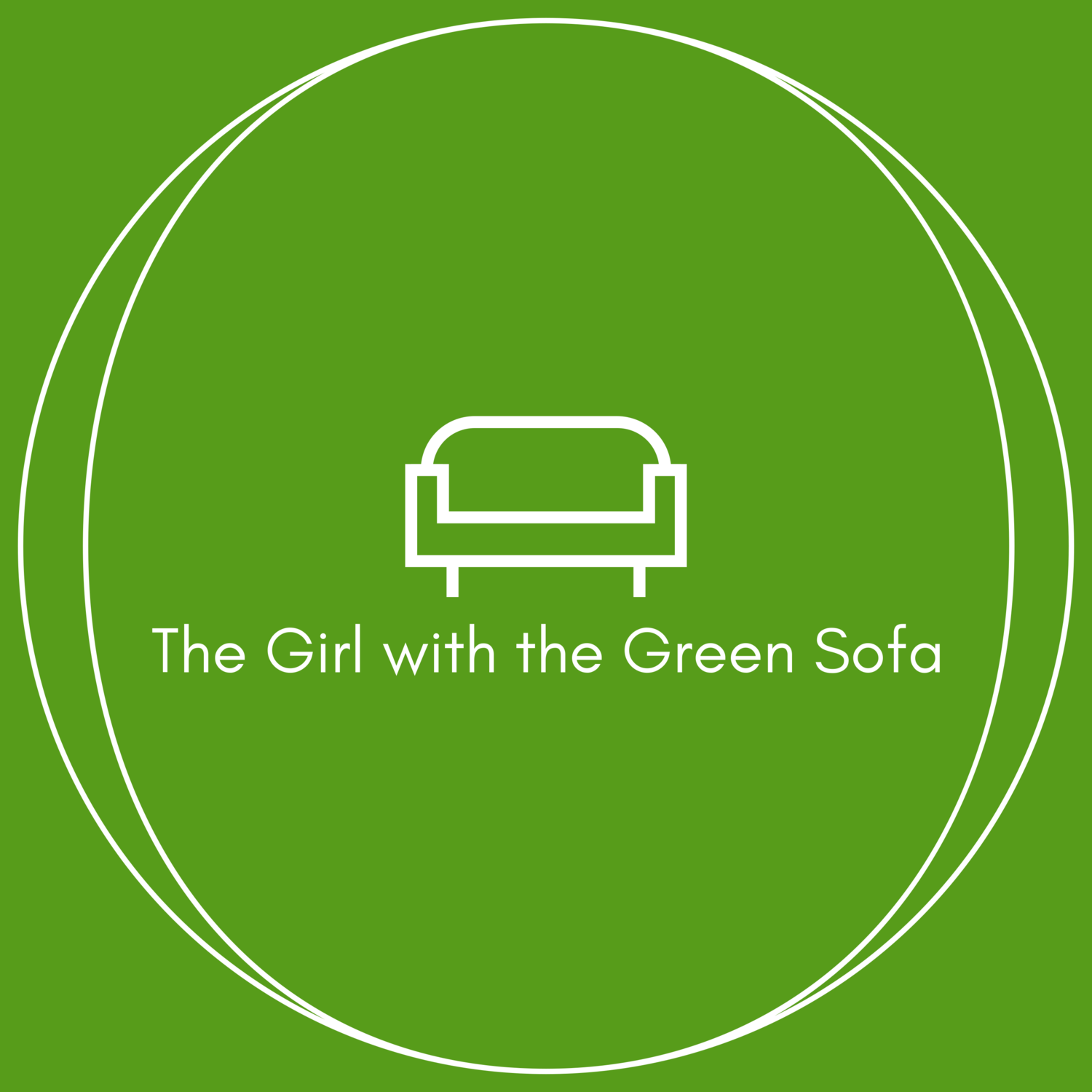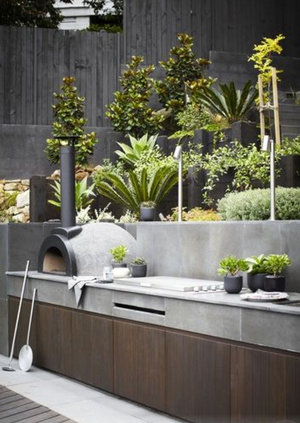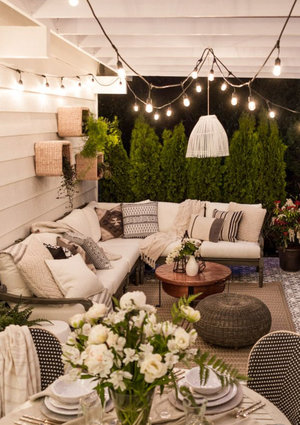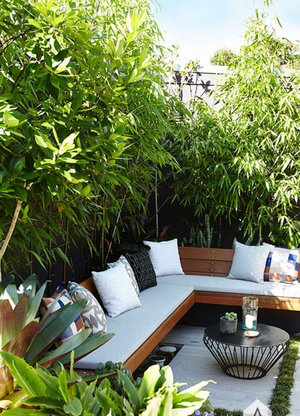The Outdoor Living Room
I have been writing a lot about bringing the outdoors in, as this has been a big trend in interiors for the last year or so, linking into the natural materials trend and sustainability in buying, all brought about by the cultural need to have a home to relax in, to feel good about, to connect with nature in.
But, the sunshine is finally here, and while I remain optimistic about the rest of the summer, we shouldn’t forget the trend of bringing the indoors out. In other words, creating an outdoor living, dining room, perhaps even a kitchen, a space to relax in outdoors. Because, there is no better way to connect you to nature, then sitting outside in a relaxing nook surrounded by it.
I touched upon this trend last year with Guest Blogger Busola Evans. The outdoor space has moved up a notch. No longer is it about having a couple of plastic chairs near your back door, to sneak a quick snooze when we get the odd ray of sunshine, but about creating a whole outdoor vibe that in essence creates an additional room to your home. Trend forecasters call it a “room without a roof” which, of course, means that whatever you create the room with, must be able to withstand the elements.
Those with large gardens, and budgets, are creating outdoor structures, rather like the one above, that allow you to use the garden and outdoor space when the weather is not at its best. These standalone structures are not connected to the house in any way as you might find with a traditional extension, but about creating a space where you really just feel like you’re in a slightly less cosy version of your sitting or dining room.
Moving the patio or living area away from the house is also a great way to spend time away from home without leaving the house.
Image Credits; LHS; Quertier Real Estate, Middle; zevyjoy.com, RHS; bricksandstone.com.au.
Even if you don’t create a formal outdoor structure, or simply haven’t got the space, some form of outdoor living area will enhance your wellbeing and there are plenty of ways of creating one straight from the high street.
Remember that feeling of sunshine on your face on holiday as you eat outdoors? Perhaps, you like the cool shade to read a book. Maybe, like me, you are an avid gardener, finding it a great way to switch off and relax after a hectic week. Connecting with the outdoors has long since helped aid illness such as depression and anxiety, but even if you don’t suffer with either, reducing stress by living outside, when weather permits, has got to lead to a healthier home and you.
Utilise cushioned, waterproof, wicker furniture and sofas, or build your own out of wooden pallets. An outdoor fire pit, BBQ or oven, means you don’t have to transition indoors as the nights cool down. Some people are going even adding outdoor kitchens.
Lighting is a must when living outdoors, but this is quite easy to achieve with an outdoor socket and strings of festoon lights, outdoor lamps, solar or battery powered candles, lanterns and even fairy lights make for a great atmosphere after dark.
Outdoor textiles are now waterproof, so there is no need to worry if you forget to pull them in when it rains. However, you don’t have to just limit yourself to waterproof textiles since the best way to cosy up an outdoor area is to maximise the textiles, from rugs, to sheepskins and blankets, to mounds of cushions.
How to plant an outdoor space is a theme for another blog post (I touch upon it a little in the corresponding post on how I created my outdoor space), since plants that work well in each given space depend so much on whether your space is north facing, south facing, shaded, sunny and so on, and whether you are utilising pots, beds or have a garden large enough to take larger structures. When I created my own outdoor space, I had very little knowledge of how to plant it, but I learned a lot from trial and error, plus you will find that many garden websites now offer planting schemes for each garden type. You also can’t beat a self-watering system, especially if using pots.
If you want the ultimate in entertainment, consider adding an outdoor cinema to your space, and we probably shouldn’t forget side tables (for drinks and nibbles) and even a bar cart if you want a really grown up area to entertain in after dark.
Houses with small areas are still able to add impressive outdoor spaces in surprising places. This could be maximising alleyway access, adding a courtyard to a small backyard, or shifting the focus by utilising the front garden to create a patio and fireplace area. I will be showing you how I created my outdoor space in a small backyard area, in a corresponding post. So, even if you only have a tiny outdoor terrace on a top floor of flats, a few pot plants and a wooden chair, may be all you need for you to get outside and connect with nature.
The Girl with The Green Sofa












